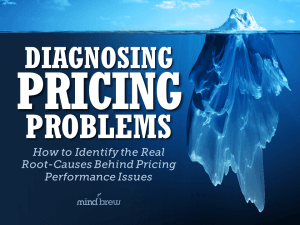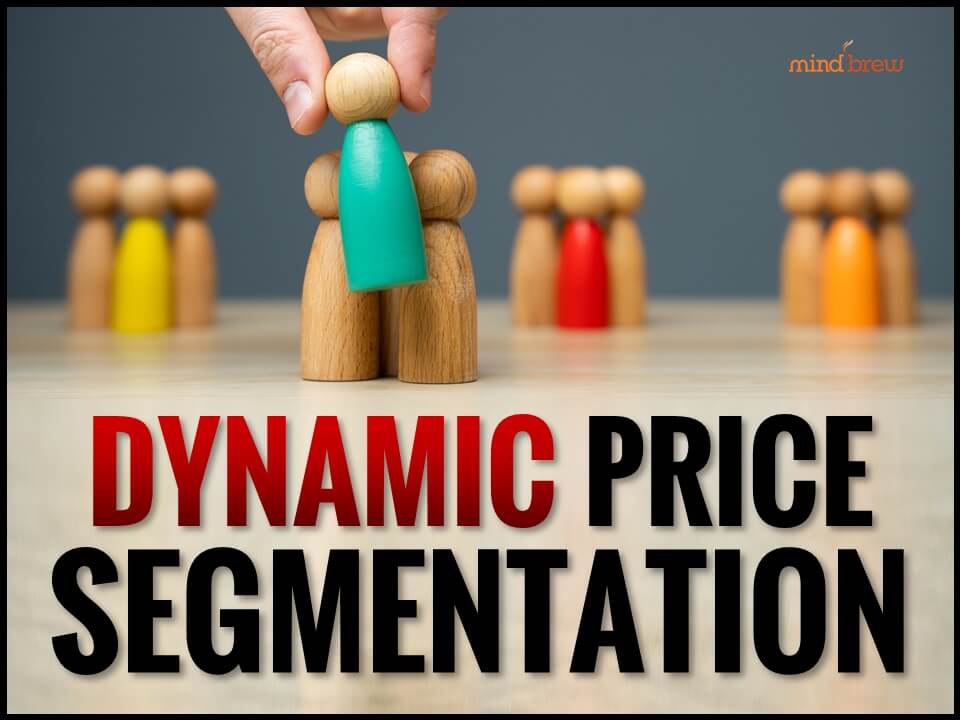Given our vantage point and position in the pricing space, PricingBrew Journal subscribers will often ask for our help as they contemplate investing in pricing technology.
Some of these pricing teams just want to make sure that their short-lists are accurate and complete. Others are looking for guidance and clarification with respect to the different types of pricing technologies that are available. And frankly, some pricing organizations just need a little help cutting through all of the puffery and jargon.
One of the more common issues has to do with technology evaluation criteria…
Of course, in most large companies the IT organization will have a somewhat standard process for evaluating technical compatibility with the company’s core infrastructure, and ensuring that any new solutions can be supported day-to-day.
But to make a sound pricing technology decision, you can’t just look at the technical aspects or rely on the vendor’s ROI estimates. After all, you’re talking about technology that can affect your company’s pricing in the marketplace! So, it’s imperative that you dig deeper into the “what”, “how”, and “who” behind the specific pricing technologies you’re considering.
Through our interactions with prospective technology buyers, we’ve been able to identify seven areas of evaluation and comparison that we believe are underrated, underutilized, and deserving of much greater consideration:
- Vendor Core Competence (not to be confused with capability)
- Business Model Experience (versus experience in the vertical)
- Pricing Model Development (determines the financial impact)
- Benefit Measures & Proof (insurance on the ROI estimates)
- Sales Adoption & Utilization (resistance in the field is deadly)
- Extensibility Beyond Pricing (one trick ponies are expensive)
- Consulting & Education (the tools are just one part of it)
In a Journal diagnostic guide entitled, Underrated Pricing Technology Evaluation Criteria, each of these areas is explained in more detail, including assessment questions you can use to dig deeper in your evaluations.
Obviously, this isn’t an exhaustive list and you’ll have many more things you’ll want to look at. Nevertheless, these are seven areas where others have suffered for lack of thoughtful consideration and exploration…so they shouldn’t be ignored.













